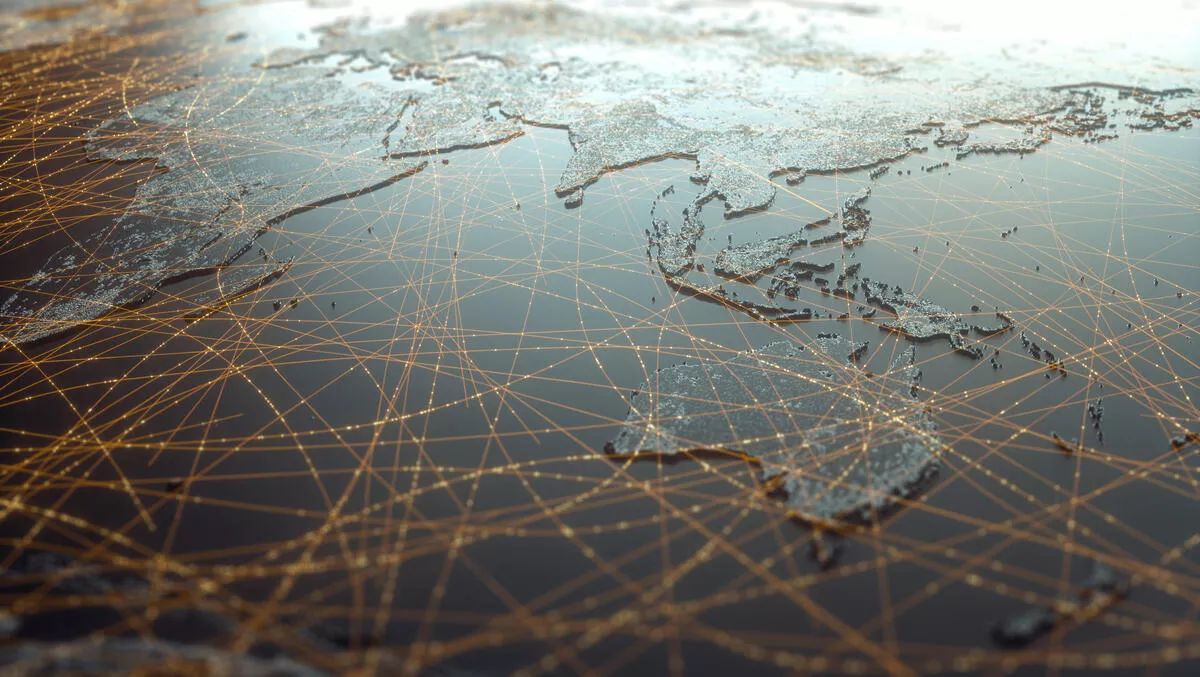The Asia Pacific region was the top target for network DDoS attacks in the first half of 2021, making up 46% of all attacks, new research has revealed.
The 2021 DDoS Threat Landscape Report from Imperva found a third (33%) of all network DDoS attacks targeted Taiwan. The Philippines - the number one target in H1 2020 - still featured in the top five but decreased significantly from 35% to 12%.
When looking at application DDoS attacks, the ANZ region featured prominently with Australia in third and New Zealand in sixth. Collectively, the region accounted for 7% of application DDoS attacks globally, which is quite high considering its relatively small population. However, attacks on Australia have halved since H1 2020.
Reinhart Hansen, CTO for Imperva Asia Pacific and Japan, says this is likely due to the region's acceleration of DevOps programs and practices during COVID-19. This has led to a major increase in the number of internet facing applications that organisations are releasing and hence a much larger attack surface for cyber criminals to target.
"The cyber criminal groups that use more advanced application layer DDoS attacks usually have a more sophisticated mindset and skill set," Hansen says.
"Their members typically have strong software development skills and the know-how to build highly targeted attack tooling. ANZ organisations are adopting DevOps tools and practices for building and deploying more applications at a faster rate than ever before," he says.
"This has become more evident during the COVID-19 pandemic. This brings with it a vast increase in application attack surface that cyber criminals are constantly targeting. This fast, increasing rise in application attack surface could explain why ANZ features so prominently as a target."
In terms of industries, computing and IT organisations accounted for almost 30% of all application layer attacks mitigated by Imperva in H1 2021, followed closely by business services (25%) and financial services (22%).
Shorter attacks confound legacy defences
Imperva Research Labs found a clear trend towards shorter, higher volume attacks. Since 2020, DDoS attacks have increased four-fold, volume has doubled and the average attack duration is just six minutes.
"This type of attack is designed to take out organisations with low or legacy defenses, including those that mistakenly assume their telecommunications or internet service provider (ISP) will automatically provide a level of DDoS protection," Hansen says.
"Not all ISPs and telcos provide their customers with DDoS protection. Of those that do, most don't typically protect against all the different types of DDoS attacks. They also tend to use in-house technology and solutions that are not always-on and don't leverage a global mitigation approach," he says.
"Instead they offer a manual or semi-automated response that uses localised mitigation. This is simply not effective in protecting against these global, highly distributed, short, sharp, persistence attacks.
"In fact, the network routing changes that are enacted by ISPs and telcos to mitigate these attacks usually compound the duration and disruption of the attack itself," Hansen says.
"The worst case is that they null route your organisation's ingress internet traffic until the attack is over. This effectively protects their own shared customer infrastructure from the effects of an attack but it takes the targeted organisation totally offline."
DDoS used as a distraction
Shorter attacks can signal another danger - they may be a distraction tactic as part of a wider multi-vector attack.
"DDoS causes all this noise in an organisation$B!G(Bs network and infrastructure, making it hard to detect other incidents that might be taking place," Hansen explains.
"Cyber criminals can use that as cover to conduct some kind of lateral movement or data exfiltration exercise with less chance of being detected."
Low barrier to entry and high returns
The barriers to launch a DDoS attack are extremely low, Hansen says.
"The tools for launching a DDoS attack are readily available via DDoS-for-hire sites on the dark web, and even the normal internet. This means anyone has the ability to launch a DDoS attack without much effort or knowledge on how to do it. And it is cheap - costing as little as $5 an hour," he says.
Imperva's research indicates that such services are increasing in popularity as they generally use less sophisticated attack vectors such as Transmission Control Protocol (TCP). In the last 12 months, packet-based TCP attacks increased from just over 10% to almost 32%, and bandwidth-based TCP attacks grew from 4% to 18%.
However, while DDoS attacks are cheap and easy to use, they can have a devastating impact on a business. One hour of downtime costs a business $100k on average, and a quarter of DDoS targets are hit ten times or more.
Downtime and major disruption to revenue producing activities isn't the only way DDoS threat actors can make you pay. Ransom threats are on the rise. Imperva researchers have monitored threats against several of our customers where extortionists have demanded payment in BitCoin to prevent launching a DDoS attack. Demands in excess of US$1m are not unusual.



